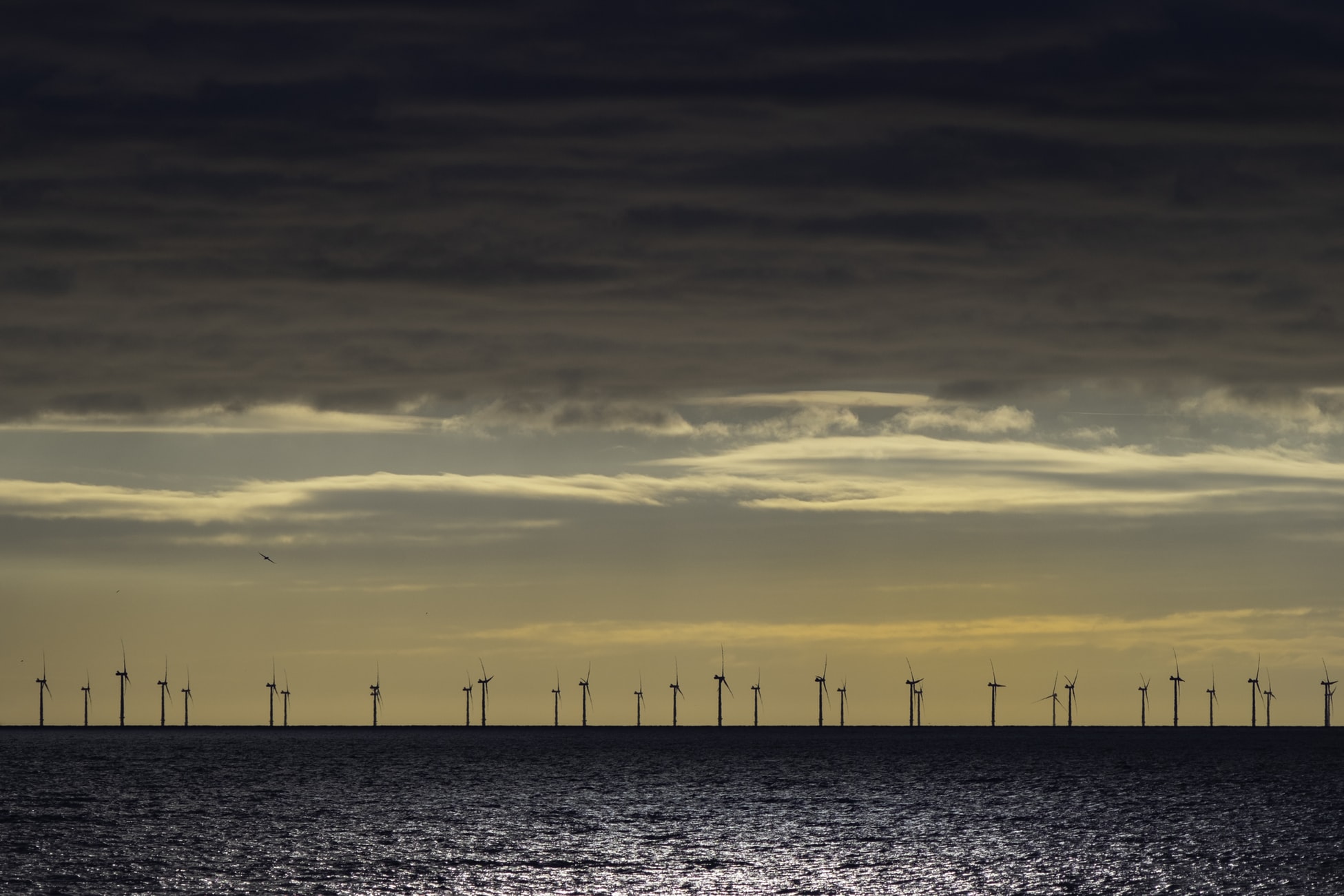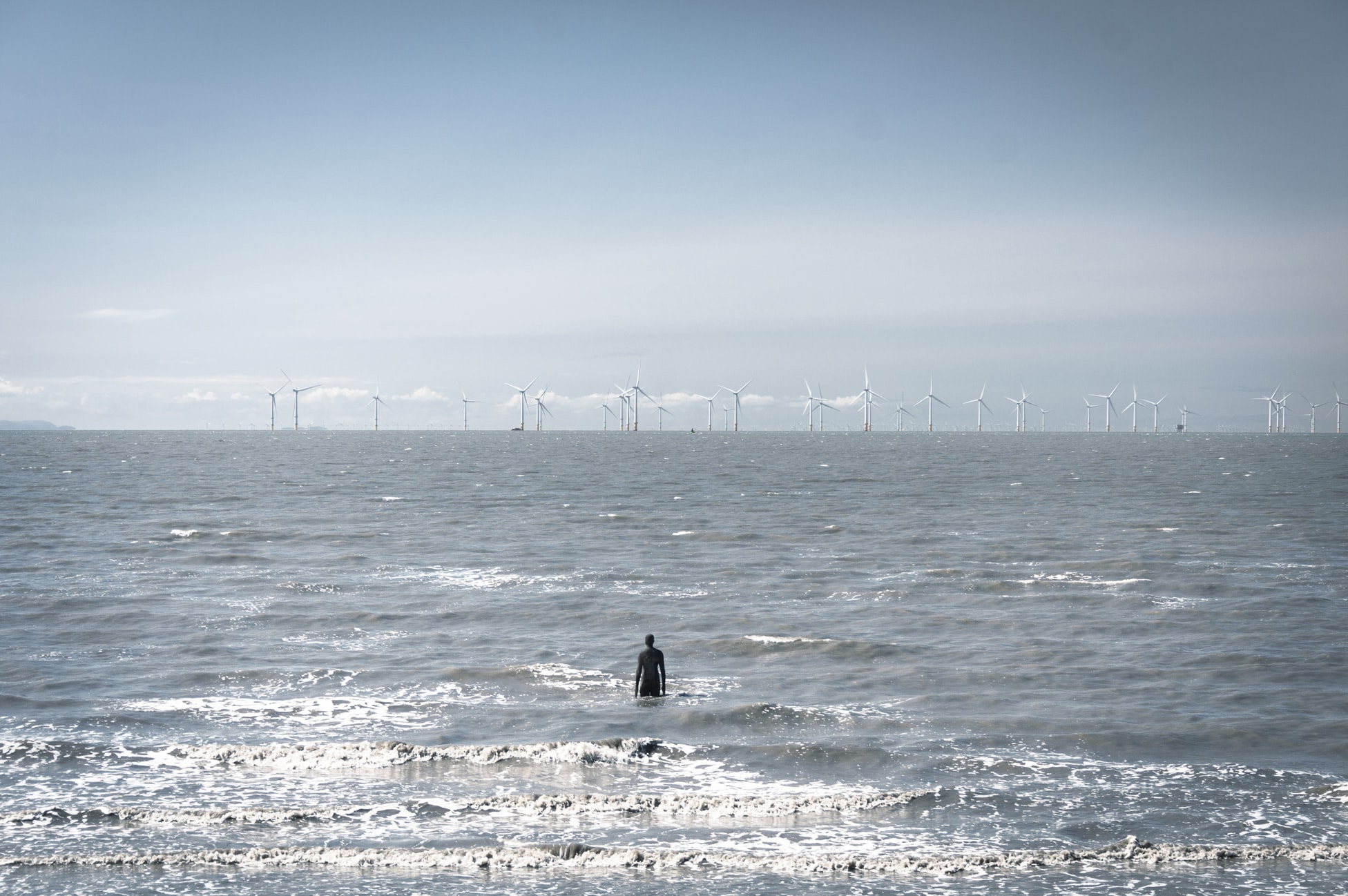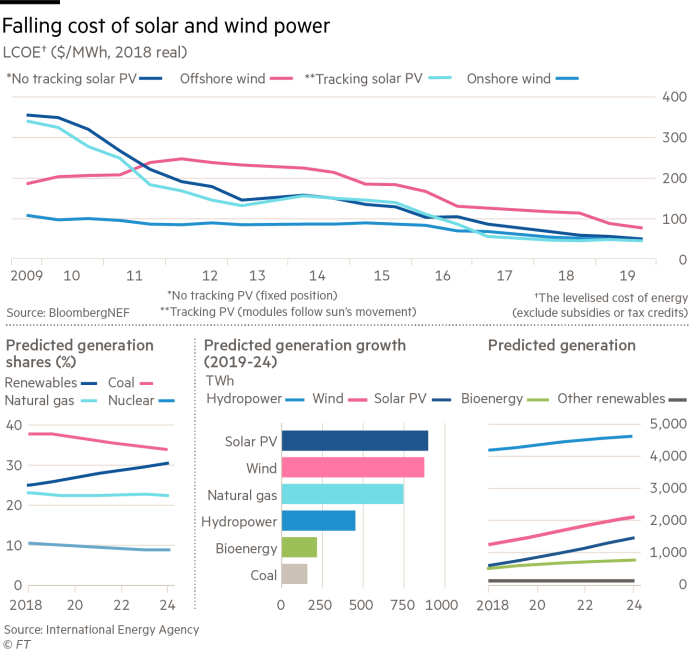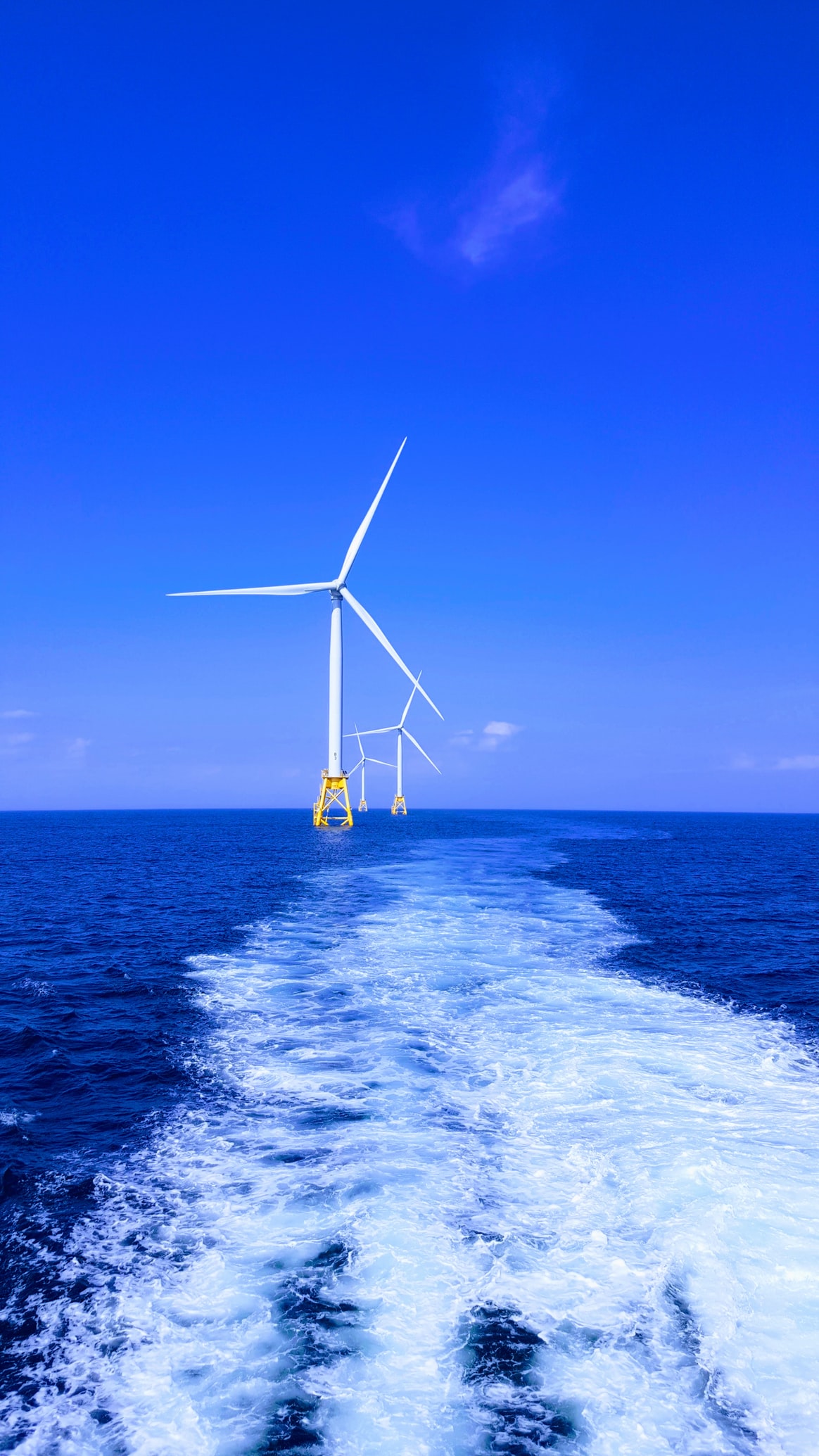
- Sustainable Planet -
- 5mins -
- 464 views
Denmark sourced almost half its power from wind energy in 2019
Over 47% of Denmark‘s electricity consumption was harnessed from wind energy last year, setting new record.
Nearly half of Denmark’s electricity needs were met by wind energy last year
Earlier this month, Denmark’s national grid operator Energinet Tweeted that just over 47% of energy was generated by wind turbines, up from 41% in 2018. Power generated by wind turbines at sea increased to 18% last year from 14% in 2018, while onshore wind accounted for 29%.

Across the European Union, wind accounted for 14% of consumption last year
Denmark sourced almost half its electricity consumption from wind power last year, a new record boosted by steep cost reductions and improved offshore technology. — reported Reuters in Copenhagen earlier this month.
Wind accounted for 47% of Denmark’s power usage in 2019, the country’s grid operator Energinet tweeted, citing preliminary data, up from 41% in 2018 and topping the previous record of 43% in 2017.
European countries are global leaders in utilising wind power but Denmark is far in front of nearest rival Ireland, which sourced 28% of its power from wind in 2018 according to data from industry group WindEurope.
Across the European Union, wind accounted for 14% of consumption last year, the group says.
The higher proportion of wind energy in Denmark last year was partly due to Vattenfall [VATN.UL] starting operations at the Horns Rev 3 offshore wind farm in the North Sea in August.
The share of power from wind turbines at sea increased to 18% last year from 14% in 2018, Energinet said. Onshore wind accounted for 29% last year.
The International Energy Agency (IEA) said in October that while power generated from wind turbines at sea only accounts for 0.3% of today’s global electricity generation, capacity is set to increase 15-fold over the next two decades.
Denmark aims to reduce greenhouse gas emissions by 70% by 2030, with a new climate law passed late last year targeting an increase in the share of electricity sourced from renewable power to 100%.
Denmark, home to wind turbine giant Vestas and the world’s largest developer of offshore wind Orsted, has favourable wind conditions and began investing heavily in wind power in the 1970s.
Source: Reuters

From Scotland to Texas, renewables are outperforming fossil fuels
UK renewable energy overtook fossil fuels for the first time last year. Renewable energy generated more electricity than fossil fuel power plants over the third quarter of last year. In an eco first for the UK, renewable energy — not including nuclear — provided 40% of all of Britain’s electricity needs. Wind farms, solar panels, biomass and hydropower plants generated around 29.5 terawatt hours (TWh) of power. That is higher than the 29.1 TWh for power stations fired by coal, gas and oil. It is the first time renewables have outpaced fossil fuels since the first public power station opened in 1882.
Scotland just produced enough wind energy to power all its households twice over. Between January and June 2019, Scottish wind generated enough electricity to power the equivalent of 4.47 million homes for six months. That’s almost double the number of homes in Scotland! Wind turbines in Scotland generated 9,831,320 megawatt hours between January and June 2019, WWF Scotland said Monday. The figures, supplied by WeatherEnergy, mean that Scottish wind generated enough electricity to power the equivalent of 4.47 million homes for six months. That’s almost double the total number of homes in Scotland, according to WWF Scotland.
Portugal run on 100% renewable and power for the whole of March. Statistics released showed Portugal produced so much renewable electricity that it outstripped the entire nation’s consumption for the month of March, with 55% of that energy produced through hydro power, and 42% from wind. The total March production of renewables also avoided the emission of 1.8 million tons of CO2.
Wind power surpassed coal for the first time in Texas. For the first time since the Electric Reliability Council of Texas began collecting data on the state’s fuel mix in 2003, wind surpassed coal as an energy source during the first half of last year, according to data. The numbers cap an enormous rise in wind power in the nation’s top energy-producing state over the past decades.
Coal is on the way out, with a recent study finding fossil fuel now more costly than solar or wind. Around three-quarters of coal production is more expensive than renewables, with the industry set to become out-competed on cost by 2025. America has officially entered the “coal cost crossover” – where existing coal is increasingly more expensive than cleaner alternatives. Today, local wind and solar could replace approximately 74% of the US coal fleet at an immediate savings to customers.
Did you know the Earth is actually rich with untapped clean energy resources? Between solar, algae, tidal power, and geothermal energy, we have enough to meet our needs many times over. At present our energy supply is mainly based upon fossil fuel energy sources. Due to decreasing resources, paired with a worldwide increase in energy demand, and the resultant growth of environmental pollution, it has become crucial to tap into other sources to ensure a clean and sustainable energy supply in the long term. Solar, macro-algal (seaweed forests), tidal, and geothermal energy are all exciting areas of research, all with promising results and staggering statistics.



